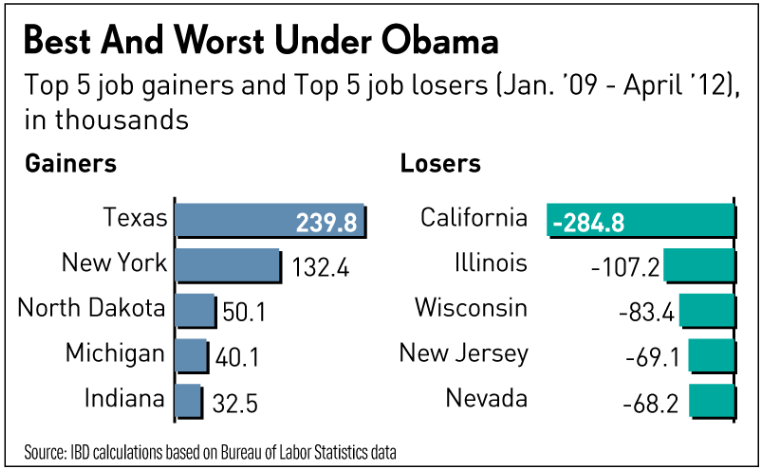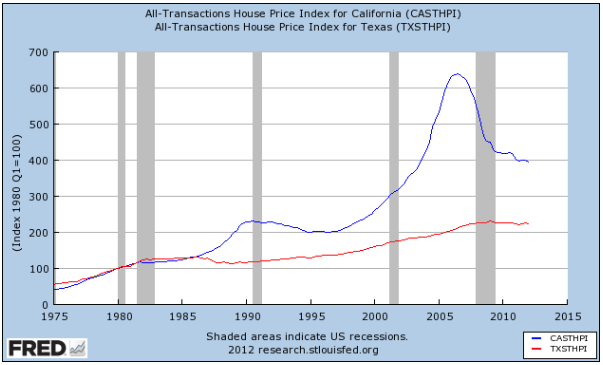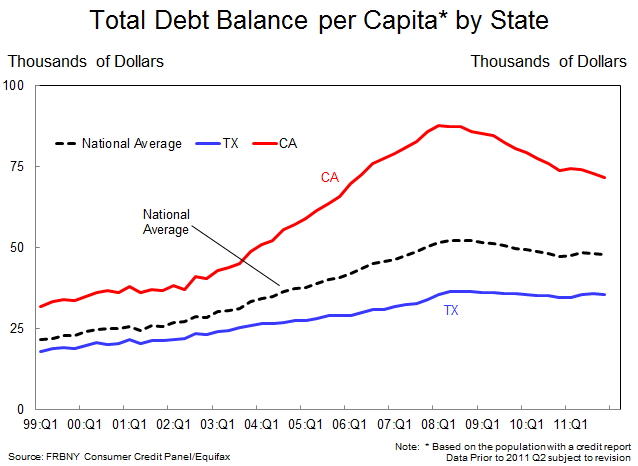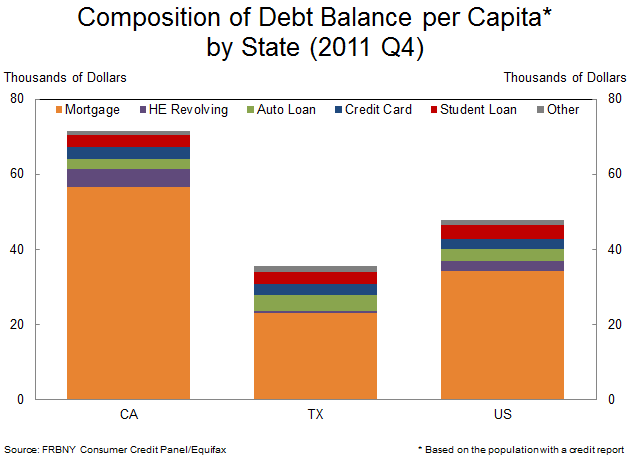Yesterday Bloomberg published one of the more economically egregious stories on housing market dynamics that I have seen in recent times. It argued, using the usual suspects, that housing supply restrictions will prevent falls in Australian house prices:
While affordability measures such as household debt and home cost-to-income multiples exceed peaks seen in the U.S., U.K. and Spain, prices in Australia are showing signs of stabilising after dropping 7.6 per cent from their November 2010 high. That’s because there’s one missing ingredient for a property collapse: oversupply.
Limited land availability, caps on density and higher levies on developers along with scarce financing have driven the median capital city price for houses and apartments to $462,500 and created a housing shortage that’s set to exceed 600,000 dwellings in 20 years. That’s reducing the likelihood of a price rout, which Fitch Ratings analyst James Zanesi sees as the only threat to mortgages in an otherwise stable economy.
Earlier this month, Investors.com published an interesting article showing the wide divergence in jobs growth between the United States’ most populous states – California and Texas (see below chart) which casts this argument in an interesting light.

According to this article:
Texas has been the leader in job creation under Obama, with 240,000 more people working there than when he took office. Since the recovery started in June 2009, Texas has added 474,000 jobs, which accounts for one in four of all the jobs created during the recovery… The biggest job loser under Obama is California, which as of April was down 285,000 job vs. January 2009, BLS data show.
While there are obviously a number of factors that help to explain the differing fortunes of California and Texas, a big one relates to how Texas managed to avoid the credit/housing bubble that inflated and then burst so violently in places like California.
As explained previously (here and here), Texas and California operate very different planning / land-use regimes, which impacts the speed and cost at which new housing supply can be added.
In Texas, urban planning and land-use is largely deregulated, thus ensuring that there is always an abundant supply of land available for development. Moreover, through Texas’ innovative Municipal Utility District (MUD) financing system, housing-related infrastructure is adequately financed and provided in order to support the provision of affordable housing.
California, by contrast, operates one of the strictest planning / land-use regimes in North America. The availability of land, especially in coastal regions, is heavily restricted by urban growth boundaries, new developments are subject to high levels of taxation, and there is inadequate provision of new housing-related infrastructure.
The result of these two regimes could not be more stark. In Texas, new housing is able to be added quickly and cheaply to satisfy demand, thus ensuring that home prices remain relatively stable.
By contrast, housing supply in California is largely unresponsive and costly to build. And with supply unable to respond quickly to changes in demand, California’s housing market is overly sensitive to demand shocks, resulting in greater price volatility and boom/bust cycles as demand rises/falls.
The proof is in the below house price chart, which compares prices in Texas against those in California:

As you can see, Texas’ ability to add new housing supply quickly and affordability has acted to dampen surges in housing demand, thereby ensuring that prices remained relatively stable.
By contrast, extra demand in California automatically fed into higher home prices rather than new construction. In turn, the price rises and perceived scarcity in California encouraged speculative demand and ‘panic buying’ from first-time buyers, which helped to drive prices up even further. The opposite held during the downturn, where unresponsive supply helped to accentuate price falls as new housing planned years ago continued to hit the Californian market.
A related side-effect from California’s strict land-use / planning regime is that households in that state experienced a far bigger build-up and subsequent decline in debt than than in Texas, where an abundant supply of affordable housing was always available and prices were never able to be bid-up (see below charts).


Accordingly, the widespread wealth destruction and deleveraging in California since the Global Financial Crisis has acted as a significant drain on the economy, resulting in widespread job losses. By contrast, debt levels and home prices in Texas have remained low and stable, thus ensuring that Texas’ economy has continued to grow and create new jobs.
Housing bottlenecks create boom and bust conditions not perpetual price growth.

